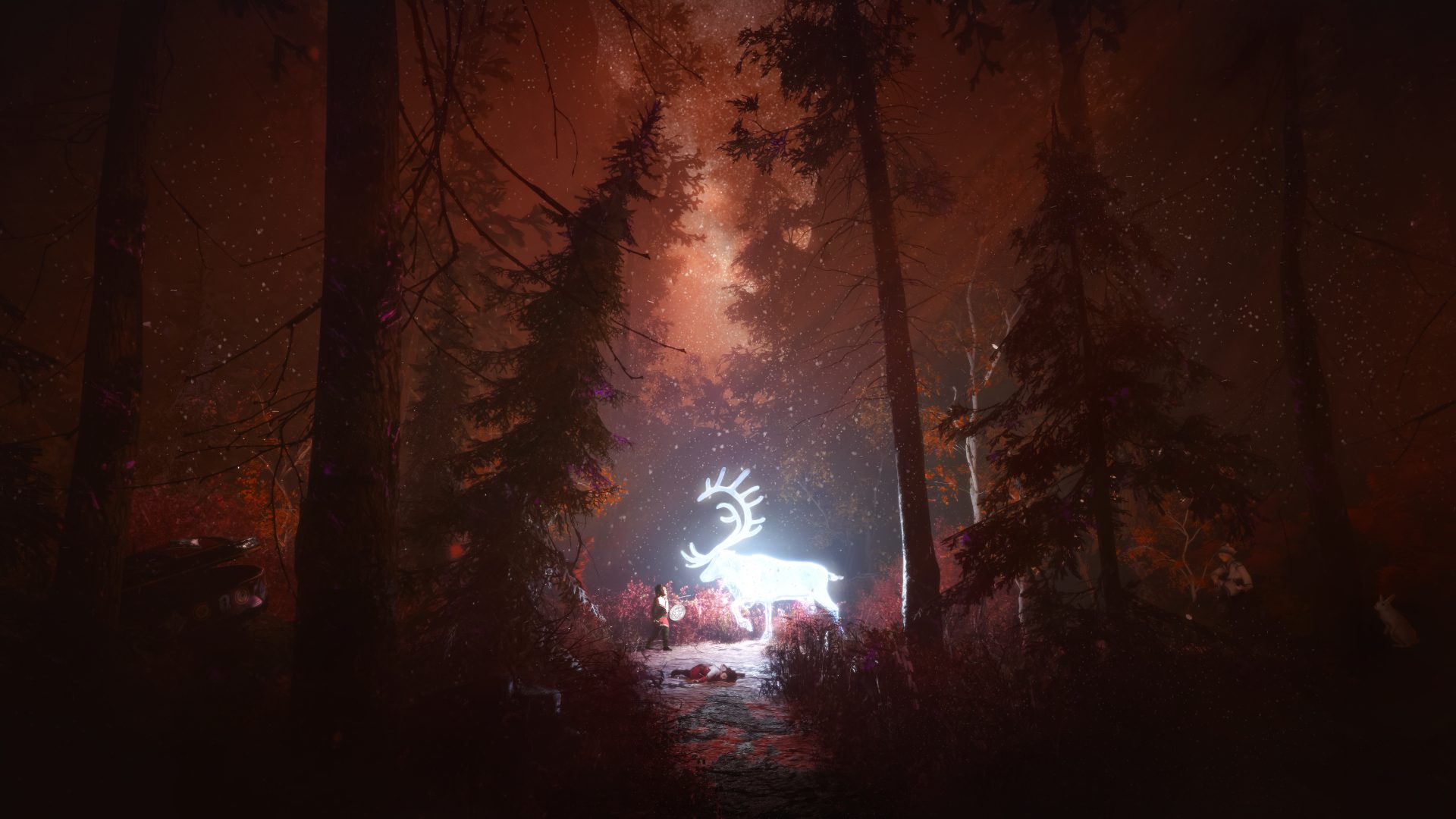The Deceptively Simple Reason Nintendo Waited So Long to Make a 3D Kirby Game
Nintendo’s colorful cast of mascot characters have, over the years, by and large all made the jump from 2D into 3D. Mario, Donkey Kong, Legend of Zelda’s Link, Samus Aran, and others who began in 2D environments all eventually made their way into fully 3D games. But there’s one Nintendo staple that took much longer than others: Kirby. And at the Game Developers Conference (GDC) 2023, HAL Laboratory expert director Tatsuya Kamiyama explained exactly why.
The short answer: It’s because Kirby’s round.
Okay, this is a bit of an oversimplification. As Kamiyama explained during his GDC panel and a subsequent interview with IGN, it’s not that HAL Laboratory has been sitting on a 3D Kirby game for years and was only just now able to get a 3D Kirby off the ground, so to speak. But once HAL decided that was a leap it wanted to make, a 3D Kirby action game presented a number of challenges for the studio that took considerable work to overcome. And many of them stem from the fact that our puffball friend is effectively a simple, pink sphere.
A slide from “The Many Dimensions of Kirby” at GDC 2023
“When you rotate a sphere, you can’t really tell that it’s being rotated,” he said. “Kirby has a simple, spherical design, so it’s difficult to tell which way Kirby is facing when seen from behind. For Kirby’s ranged attacks, it’s a significant issue if the player even slightly misjudges which way the character is facing. Kirby attacks by inhaling enemies and spitting them out. For this reason, if you miss, you have to look for another enemy to inhale, which is very frustrating.”
Because Kirby games are intended to be fun to play even for those with less gaming or Kirby experience, it was imperative to HAL Laboratory that players who struggled with 3D action games be able to enjoy Forgotten Land without the need for super precise aiming abilities.
A slide from “The Many Dimensions of Kirby” at GDC 2023
Kamiyama continued by explaining HAL Laboratory’s solution for the issue: giving players a little bit of help with aiming. Kirby’s ranged attacks in Forgotten Land will automatically target enemies if they meet certain criteria based on a points system. Enemies are assigned points if they’re already roughly in the direction Kirby’s facing (so Kirby obviously can’t hit enemies that are directly behind him, for instance), and receive more points if the enemy is dangerously close to Kirby, or important in some way (such as a boss). Additionally, attacks while Kirby is on the ground won’t target on airborne enemies, but airborne homing is stronger to account for how hard it can be to aim while in the air.
The actual homing itself is intended to be subtle, so that ideally players don’t notice it’s happening – otherwise, Kamiyama says, they might not be motivated to aim at all. Most of the homing takes place in the first frame of the attack, then significantly drops as the attack continues. And there’s additional corrections happening for depth, such as if Kirby is trying to hit an enemy that appears to be next to him but is really slightly behond or forward. This prevents attacks from missing in a frustrating way when the way the fixed camera was angled makes it look like they should hit.
A slide from “The Many Dimensions of Kibry” at GDC 2023
Later in the talk, Kamiyama also attributed the need for ease of access to new players as the reason for Forgotten Land’s fixed camera. For players new to 3D action games, moving a character and the camera simultaneously can be extremely challenging – a fixed camera solves this. It also allowed HAL Laboratory to use the camera in creative ways, such as stopping its movement short to hint to players which areas are out of bounds to the ever-hovering Kirby, or placing it off-center to focus on important gameplay objects or obstacles elsewhere in the environment.
Fundamentally, Kamiyama emphasized, Kirby and the Forgotten Land was based on two pillars: creating a “fresh look” at Kirby, and making a game that “anyone can play.” Which explains why even when Kirby is fighting a biblically accurate space menace in an epic boss battle climax, players don’t have to worry about being overly precise in trying to knock it out of the sky.
In our review, we celebrated Kirby and the Forgotten Land’s successful warping of the series’ “already fun mix of ability-based combat, platforming, and secret hunting into the third dimension.” We spoke at length to both Kamiyama and HAL Laboratory executive director Shinya Kumazaki at GDC after their talk, so stick with IGN for more on our pink pal Kirby soon.
Rebekah Valentine is a news reporter for IGN. You can find her on Twitter @duckvalentine.
Check out our Latest News and Follow us at Facebook
Original Source







